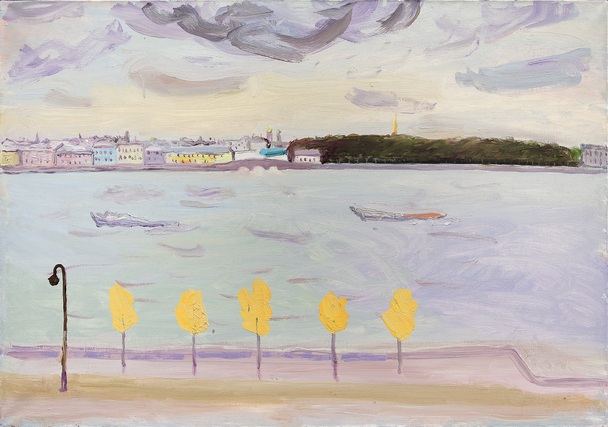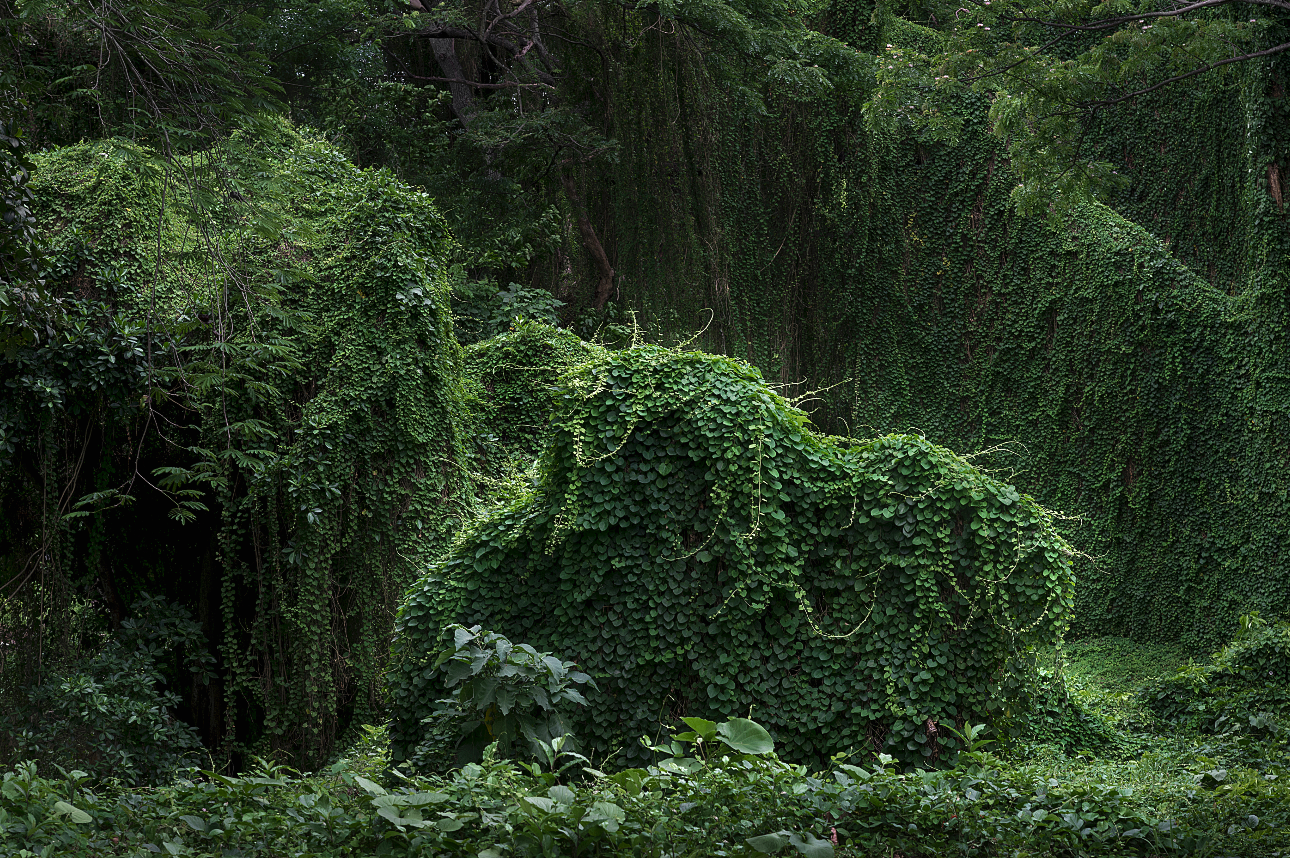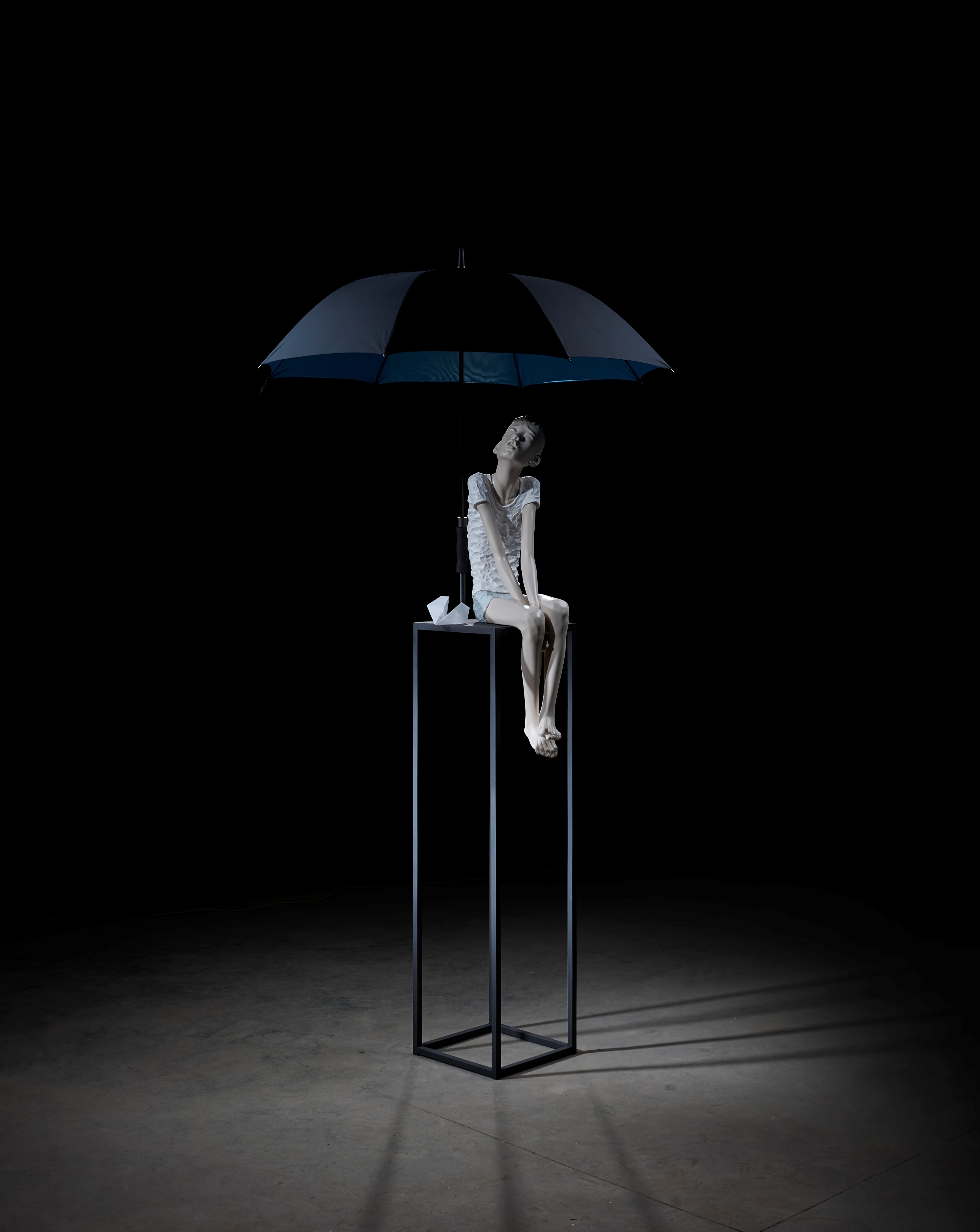Erarta Museum presents an exhibition by Hopeless Painters
- Good old wine of pure art
- Works by the artists hopelessly in love with painting
- Heirs to the “Circle of Artists” traditions
The term “hopeless painters” is not a new one; it was coined around twenty years ago, when the artistic elite deemed painting irrelevant, while we kept on insisting on its necessity in people’s lives. Things are a little different now: the conceptual art has somewhat withered; there are young people who feel sympathetic towards painting and the hopelessness in its negative sense has disappeared from the term. What is left is just a hopeless love of painting. The artists in this group are very different; they belong to different traditions, have different ambitions and education, different genders and ages. They share one obvious thing in common: that is a hopeless preference of painting over everything else.
In Leningrad, the painting school was already born in the 1920s. The “Circle of Artists” group united the painters who shared common interests and similar profound understanding of art. They were involved in the most serious discoveries of the early XX century. The members of the group understood the great significance of the form for a painting’s content. They came back to the depiction of the real world, taking into account, at the same time, the major achievements in understanding of the formal laws in the composition of a painting. Our group, at least, represented by me, considers itself to be an heir to this artistic tradition. After the war, the painting tradition moved from the official Saint Petersburg Union of Artists to the closed communities such as “The School of Sidlin”, “Arefjef's Circle”, etc. The artists from the “Arefjef's Circle” informed their painting with a very strong expressive filling; they achieved great generalizations in their language and claimed the freedom of an individual in art. They influenced the development of Boris Borshch, an artist, who has made passion the essence of his art. Yulia Sopina has merged herself completely into the Leningrad painting school and the family collection in her house clearly demonstrates almost every achievement of painting in the second half of the XX century. However, she wanted to go beyond the traditional understanding of the colour culture. This impulse, nonetheless, didn’t bring her outside the scope of painting, but brought her to the unexpected colour decision, informing each colour with its own psychological drama. It was not only about a colour itself, but its position on the surface, its opacity or shine, and its texture; thus, a painting expresses the suffering and joy directly through the colours, bypassing the conventions of the centuries-old painting order. Alexander Rumyantsev, Yulia Linsbach and Dmitry Flegontov, on the other hand, place a great trust in painting and its age-old achievements. They strictly adhere to the amazing revelations that have been known since Veronese, Velázquez, Goya as well as Matisse, Bonnard, and Marquet; it’s only in the drawing and composition that they allow themselves some expressionist eruptions. Irina Vasilieva is an artist of the most subtle and the most intimate experiences. It’s impossible to give a precise definition to her art, be it her painting or drawing, and yet, everything she does speaks acutely about life. Georgy Mudrenov is a fascinating artist and, as I see it, the most “hopeless” one. By “hopelessness” I understand this special unconditional search for the living tissue in art, when an artist discovers the world as if for the first time and slowly recreates it with the serious tenacity. Aron Zinshtein and Arthur Molev are remarkable painters, who have long since found their way in art. Despite their seemingly reckless expressionism, the sense of the living reality in their work is so strong that very accurately recognizable life shines through their passionate colours and brush strokes. Oksana Petrova, Nikita Tkachuk and Ilya Ovsyannikov are the youngest members of the group. Even though they worked in my workshop for a long time, they are very different. Oksana has completed my whole course on the composition of a painting; very quickly, she developed an overpowering sense of her own, very individual, content in both life and art. The desire to go all the way on her own without any assistance and without looking back at someone else’s experience can give sometimes remarkable results. By contrast, Nikita Tkachuk studies carefully each important stage in the history of art and builds a clear picture of the complex artistic intertwining. He is attuned to the ever present interconnections. Ilya Ovsyannikov creates his works pretty quickly and easily, asserting the freshness of his perception of the world.
The following remarkable artists were involved in the projects of the “Hopeless Painters” at various times: Vladimir Yashke, Maria Dubrovskaya, Stanislav Korolenko, Vladimir Rogozin, Veronika Leontieva, Igor Burmistrov, Nadezhda Vinogradova, Alla Davydova, Marat Tazhibaev, and Alexander Nekrasov. The art of Iosif Ziman and Vladimir Parshikov was essential to our Leningrad painting. Robert Lotosh is a like-minded sculptor, who took part in almost every exhibition by “Hopeless Painters”.
Anatoly Zaslavsky















